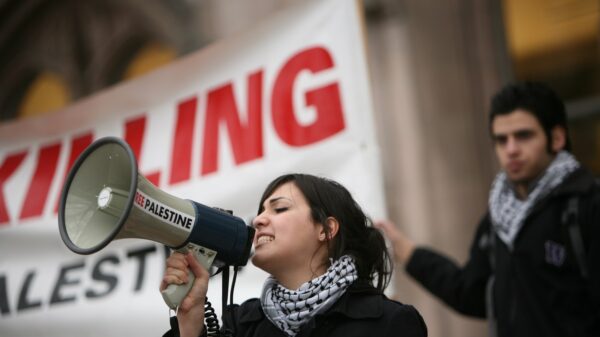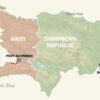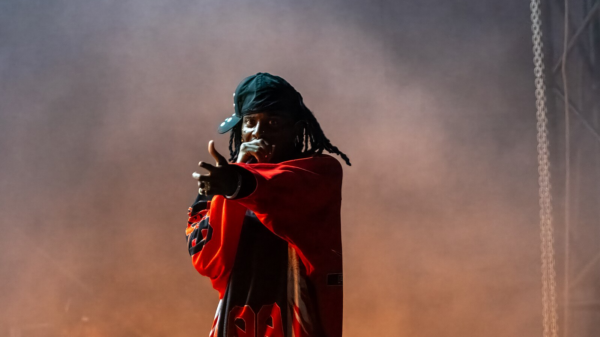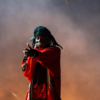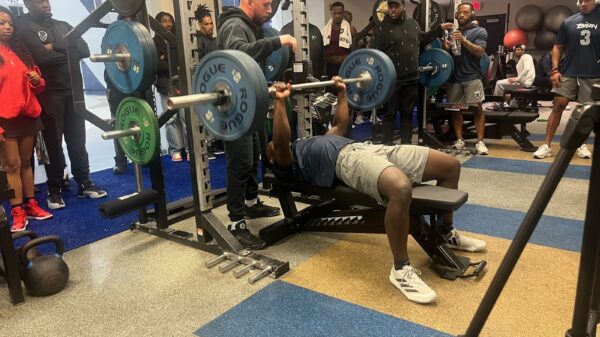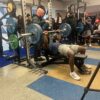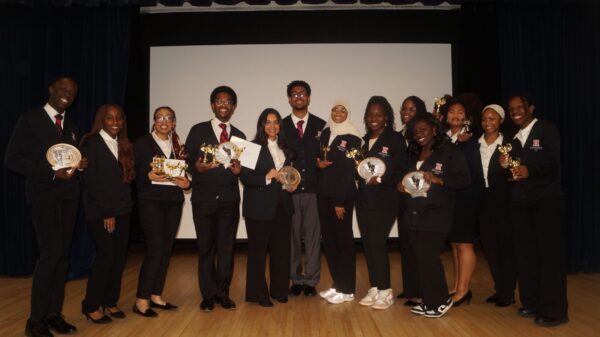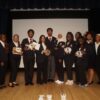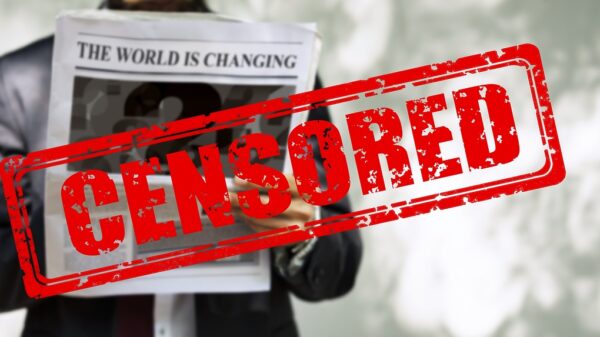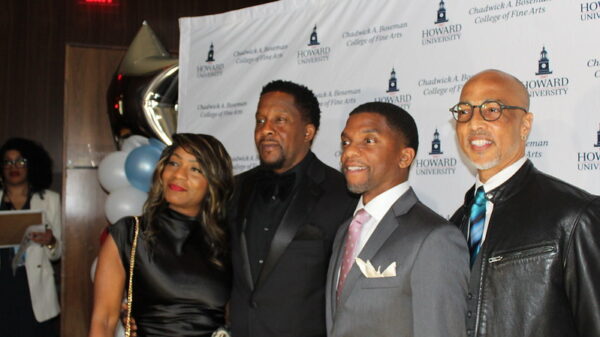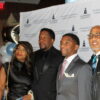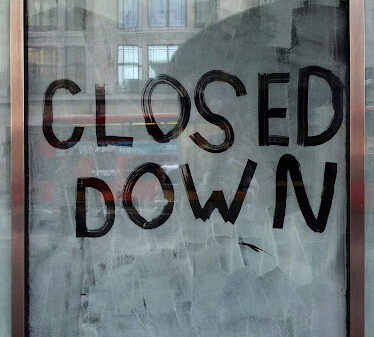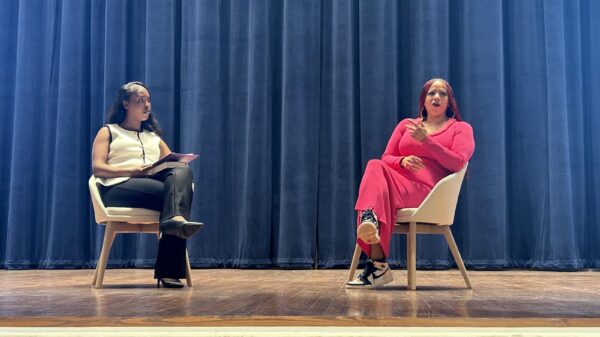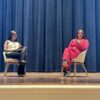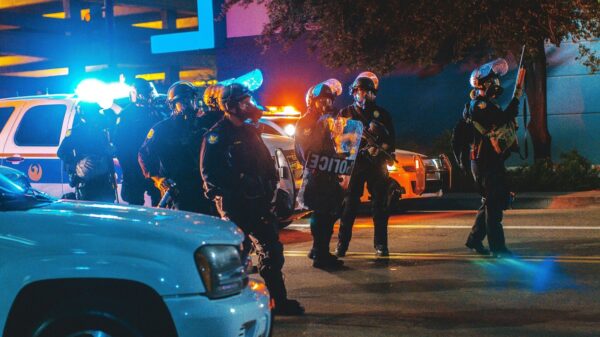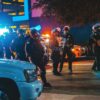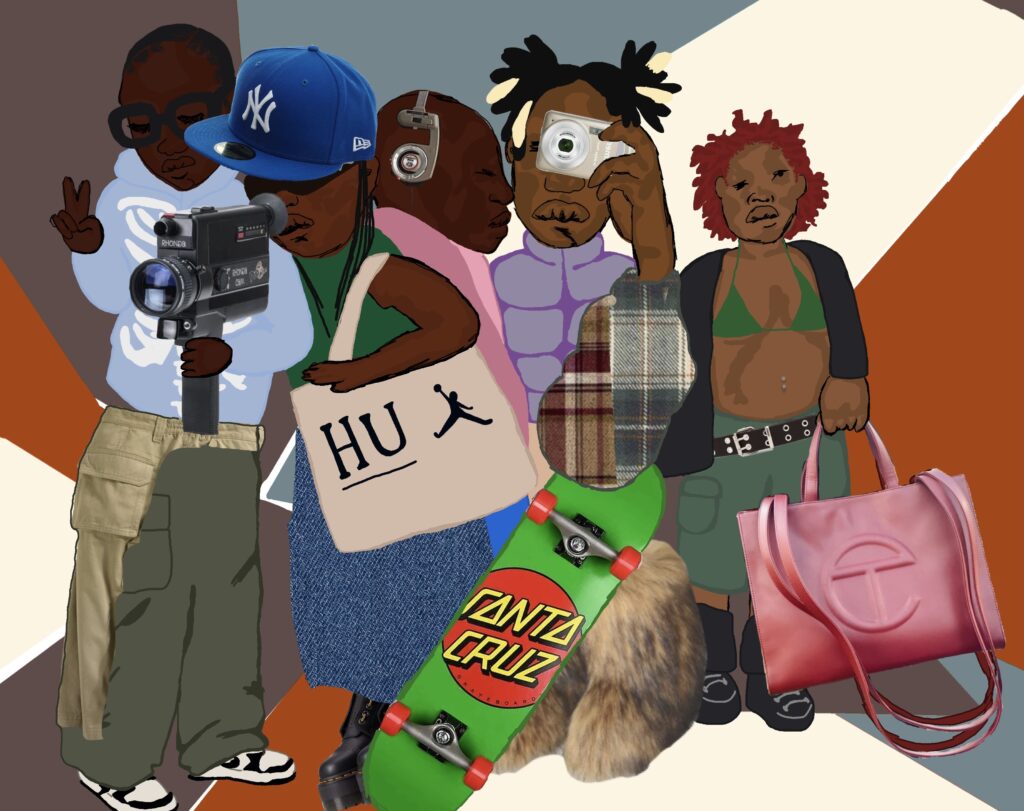
Bold animal prints, intricate multi-colored braids, and statement accessories are a few things one will observe while taking a stroll through Howard’s campus. There is no denying the unique expressions of personal style that exist within the student body.
Howard students continue to challenge gender fluidity in the name of fashion. The Mecca has always been known for its students to express their creativity through fashion. But, this time with a twist and defy heteronormative values.
In recent years, the rapid growth, acceptance and tolerance of the queer community have been reflected in various ways on Howard’s campus according to student observations. Specifically, the evolution of gender fluidity and expression has been pushed forward through fashion movements led by the queer community. As a result of the queer students’ deconstructing convention, the Howard fashion community has become a place where students are encouraged to cultivate a culture of authenticity for everyone around them.
For many students heavily invested in the fashion scene, clothing is deeper than what meets the eye, and the social impact of clothes is more than evident.
Mya “Moon” Billingsley, a senior fashion design major from Texas, and Jayvyn Morthel, a freshman English major from California and social media influencer, are two Howard students who have taken notice of this transition, as well as actively participate in sharing their style with the world.
Both students, among many others, emphasize the boundlessness of style in black and queer spaces that are slowly but surely introducing fluidity into mainstream fashion.
“Gender fluidity as it relates to fashion is indulging in all aspects of fashion regardless of the gender presentations and connotations assigned to them.… Gender fluidity in fashion is the act of presenting our masculine and feminine energies through our clothing style,” Morthel said.
“Fashion is vulnerable. Art is communication,” Billingsley said, “I use fashion as a way to speak when I can’t always find the right words. I believe that first impressions are everything and I wanna be able to present myself fully through that first impression.”
Today, about 5 percent of young adults in the U.S. are subscribing to different gender identities than the one assigned to them at birth, according to the Pew Research Center. Because of this, there is a stronger emphasis on redefining the gender binary, as gender neutrality has been brought to the forefront by individual students, fashion design majors, modeling and design organizations, and influencers alike. Various styles of dress are used to communicate not only comfort and personal style, but one’s identity or gender expression. These styles range from amorphous and androgynous to eclectic and colorful, or structured and trendy. Wherever one may land on the scale in terms of attire, Howard’s campus has become a space that welcomes it with open arms.
Last May, Howard University launched the Intercultural Affairs and LGBTQ+ Resource Center, focusing on LGBTQ+ support and advocacy, education, awareness, and community building, according to an article in The Dig. In the same article, Jose Cadiz, the director of the Intercultural Affairs and LGBTQ Resource Center, said “In the LGBTQ+ community, the choice to truthfully represent your true self is not always afforded. For various legislative, social and cultural reasons, the choice to confidently share your sexual orientation and gender expression becomes a disruptive and sometimes dangerous act.”
Howard is home to the oldest and largest LGBTQIA+ on-campus organization, Coalition of Activist Student Celebrating the Acceptance of Diversity and Equality (C.A.S.C.A.D.E.), the coalition of activist students celebrating the acceptance of diversity and equality. They host an annual LGBTQIA+ Lavender Reception, an official homecoming event, each year that celebrates the Howard LGBTQIA+ community and scholarship recipients.
“Just within the last four years, I’ve seen people be louder about expressing themselves, people put on clothes to express their gender identity. They’re proud of who they are and they carry themselves in that way,” Billingsley said. For Billingsley, being Black and queer in a space like Howard allows for limitless opportunities and inspiration when representing one’s queerness.
“There is a great number of people who dress how they want and dress to express a presence that is more than skin deep. I hope that people continue to come to Howard to challenge the preconceived notions surrounding gender in fashion,” Morthel said with high hopes for the future of fashion at the Mecca.
Copy edited by Alana Matthew




